Food delivery is becoming available from more sources than ever, and with greater efficiency. As the market expands, major companies are making investments in the latest innovations to improve the speed of home delivery while reducing the cost. From airborne drones to driverless vehicles, the future of food delivery could be radically different in a matter of years once these technologies become available to stores.
Drone Delivery
Not just tech giants like Amazon are working toward using package-bearing drones. Uber has invested heavily in drone delivery for its UberEats food delivery platform, calling its service Uber Elevate, and expects to launch it in 2021. Like all aircraft, drones will be regulated for safety by government agencies such as the Federal Aviation Administration,
meaning that it could take more time before they are fully approved for. Aerial delivery can avoid delays in food deliveries caused by road traffic, resulting in more reliable order fulfilment, which is especially important to food delivery if customers want their food to arrive fresh. Orders arriving too late is one of the most common complaints of consumers; drones offer the ability to fulfil on-demand delivery with less risk of interruptions.
Due to the difficulty of person-to-person contact during the coronavirus pandemic, the adoption of drone delivery has been accelerated in many situations. Its use in delivering emergency supplies between hospitals in recent months shows that the technology thrives in situations where on-demand delivery to less accessible locations.
Having the ability to offer delivery to a wide area more reliably is a major innovation that can allow restaurants to expand their reach without adding infrastructure to their physical locations.
Driverless Vehicles
Driverless cars and trucks are also being road-tested successfully, and vehicle manufacturers such as Ford and Toyota are partnering with delivery companies to turn these vehicles into delivery solutions. Driverless vehicles save costs on drivers and can be made available at all hours. Manufacturers are creating vehicles with delivery in mind from the start, removing unneeded passenger space and giving them advantages that are desirable to food and beverage companies. Purpose-designed vehicles can include features such as temperature control and impact-resistant compartments that make transporting fragile meals easier than with general-use vehicles used for delivery.
Food compartments in these vehicles are code-locked so no one but the recipient can retrieve them. Grocery stores such as Stop & Shop have tested this technology for grocery sales, where customers can call for a driverless vehicle containing groceries, then pick out and purchase items themselves without ordering specific goods in advance.
Read also:- How Online Food Delivery Systems Work for Restaurants
GPS Enhancements
Both drivers and autonomous vehicles can make use of advancement in GPS accuracy and integration to improve the level of communication between delivery services and customers. GPS data can tell customers a more clear estimated time of arrival of their delivery.
Uber Eats and other third-party delivery platforms already support this feature, and Domino’s Pizza began the process of rolling out GPS tracking for its delivery force as well. Driverless vehicles can be tracked by GPS and instantly update their distance from their destination, then automatically send text messages upon arrival. Food ordering apps with chat integration and real-time delivery information can help coordinate delivery with customers.
Effective use of GPS can ensure that customers are prepared to accept delivery on time and enable them to reach out if they see issues with their delivery. It also has other benefits for the restaurant or delivery service such as improved route optimization through the collected GPS data and increased driver safety while they are being monitored for unsafe driving habits.
Nearly all players in the food delivery industry are working toward improving customer satisfaction and reducing costs by adopting new technologies. Since meal delivery is based around promising on-demand, around-the-clock fulfilment, improvements in delivery availability are especially valuable to restaurant operators. The fast pace of these developments makes it vital to keep up with the latest advancements in food delivery apps and other technologies.

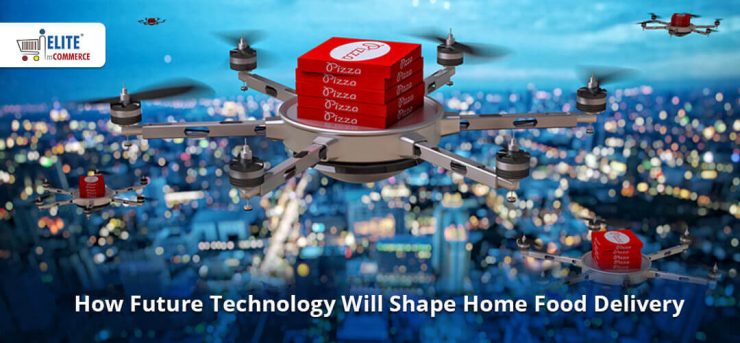


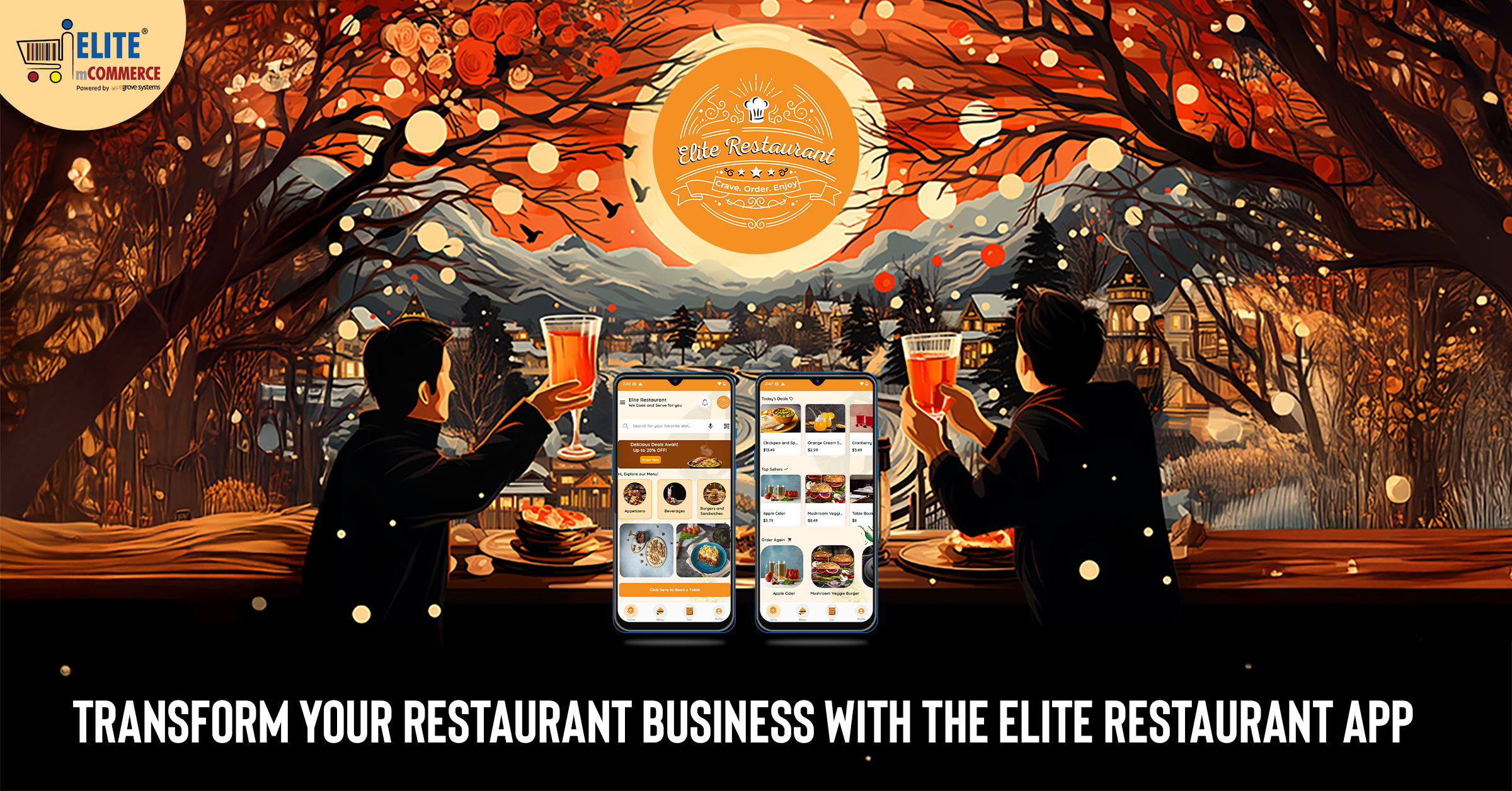
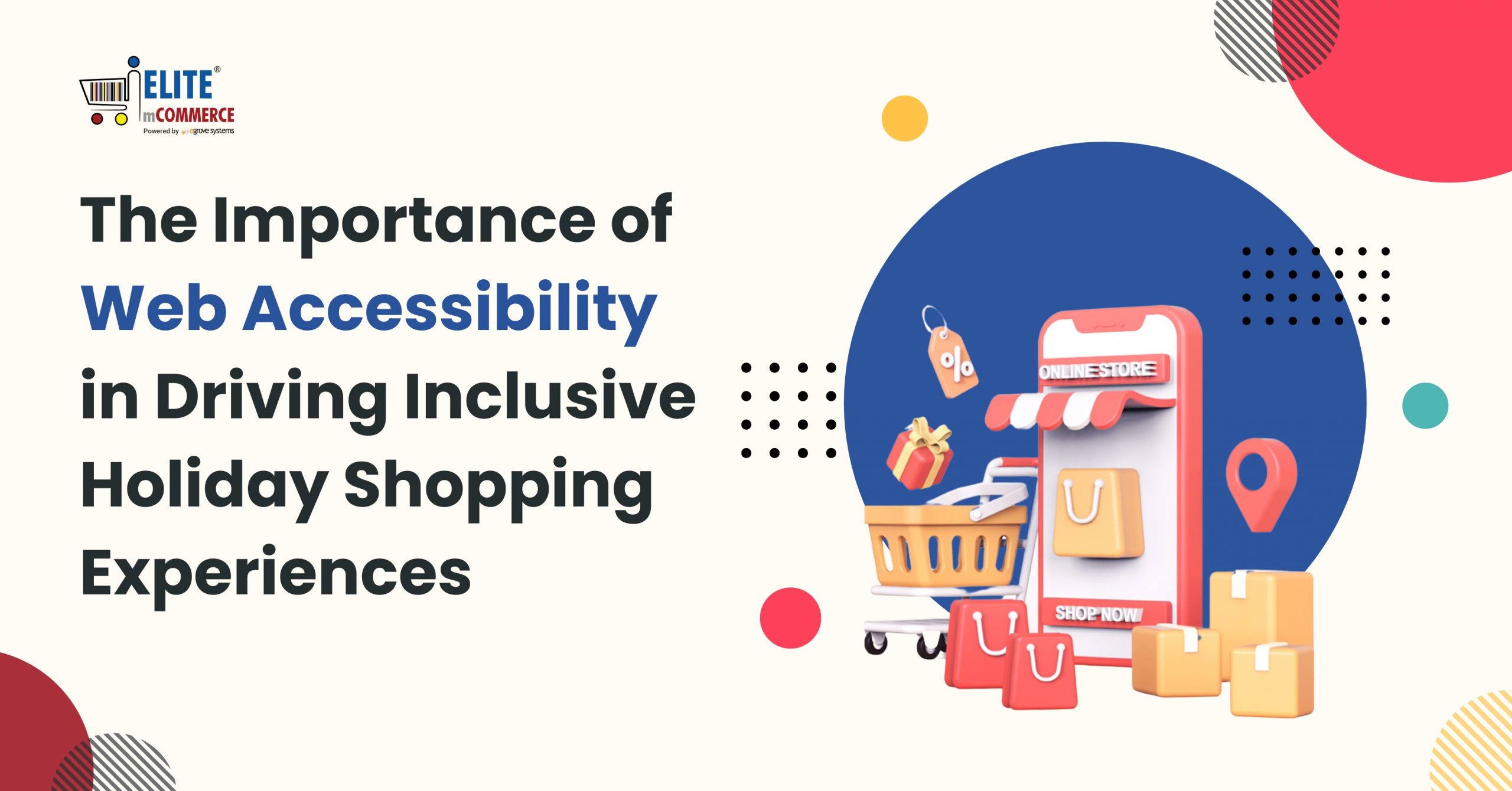
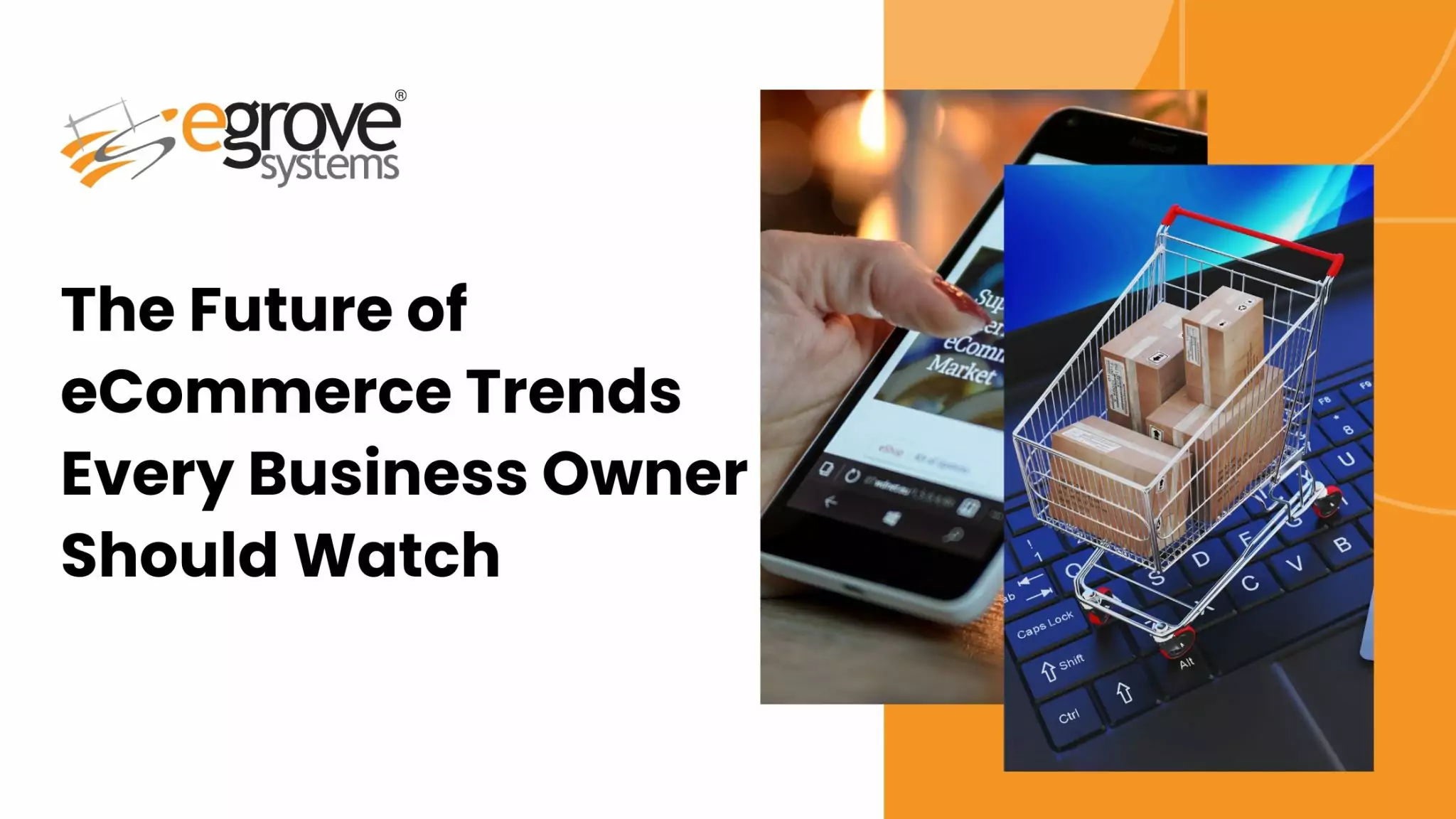
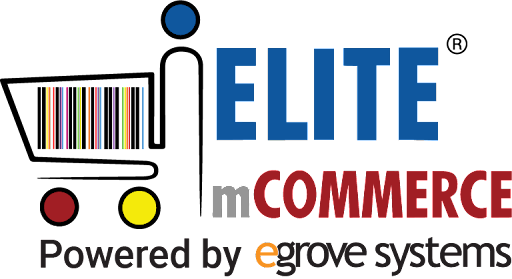
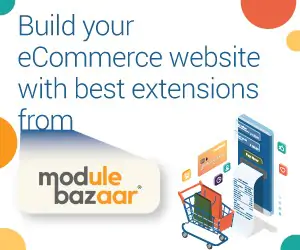
Add comment